This article was medically reviewed by Erik Kramer, DO, MPH. Dr. Erik Kramer is a Board-Certified Primary Care Physician at the University of Colorado. With over 15 years of experience, his clinical interests include obesity and weight management, diabetes care, and preventive care, as well as embracing a holistic approach to primary care. He received his Doctorate in Osteopathic Medicine (D.O.) from the Touro University Nevada College of Osteopathic Medicine and completed his residency at Central Maine Medical Center. Dr. Kramer is a Diplomate of the American Board of Obesity Medicine.
There are 7 references cited in this article, which can be found at the bottom of the page.
wikiHow marks an article as reader-approved once it receives enough positive feedback. This article received 38 testimonials and 85% of readers who voted found it helpful, earning it our reader-approved status.
This article has been viewed 749,476 times.
Sodium is an essential electrolyte in the body. It helps regulate blood pressure and is needed for proper muscle and nerve cell functioning. Low serum sodium, or hyponatremia, is the term used to describe sodium levels in the blood lower than 135 mmol/L on a basic metabolic panel. Common causes are burns, diarrhea, excessive sweating, vomiting and some medicines that increase urine output levels, like diuretics.[1] Without proper treatment, low blood sodium can cause muscle weakness, headache, hallucinations and, in the worst cases, even death.[2] Call your doctor if you experience symptoms of low blood sodium, or seek emergency care for severe symptoms. A simple change in medication or treating an underlying problem may be all it takes to raise your blood sodium levels.
Steps
Seeking Medical Help for Low Sodium Symptoms
-
1Watch for symptoms if you have a condition that increases your risk. Having a diagnosed condition increases your risk of low blood sodium. This means that you’ll need to be extra careful and be on the lookout for symptoms. Some of the health conditions that put you at risk of low blood sodium include:[3]
- Having kidney disease, heart disease, or liver cirrhosis
- Being older, such as over the age of 65
- Engaging in intensive exercise regularly, such as triathlons, marathons, and ultramarathons
- Taking certain medications, such as antidepressants, diuretics (blood pressure medication), and some pain relievers
-
2Call your doctor if you experience symptoms of low sodium. A mild or moderate case of low sodium is usually not an emergency, but it is important to watch for symptoms if you’re at risk of low blood sodium levels. However, keep in mind that symptoms of low sodium may also be symptoms of another medical issue. Call your doctor if you experience:[4]Advertisement
-
3Seek immediate medical attention for severe symptoms of low sodium. Decreased sodium electrolytes in the body can be harmful to you, especially if it's severe. The condition can even be fatal if it's left untreated. Seek immediate medical attention if you experience any of the following:[5]
-
4Get your blood sodium level tested if you think it might be low. If you experience symptoms of low sodium or otherwise suspect that your sodium levels are low, visit your doctor. The only way to confirm low blood sodium level is with a blood or urine test.[6]
- Low blood sodium can be a serious condition, so it’s important to get treatment right away if you suspect a problem.
Treating Low Blood Sodium
-
1Stop taking your medication if your doctor instructs you to. There are several drugs that can cause low blood sodium levels, and stopping the medication may be all it takes to correct the problem. Tell your doctor about any prescription, over-the-counter, or illegal drugs you take regularly. Some of the drugs that commonly cause hyponatremia include:[7]
- Thiazide diuretics
- Selective serotonin reuptake inhibitors (SSRIs)
- Carbamazepine (Tegretol)
- Chlorpromazine (Thorazine)
- Indapamide (Natrilix)
- Theophylline
- Amiodarone (Cordarone)
- Ecstasy (MDMA)[8]
-
2Treat any underlying conditions that may be causing low sodium. If your low sodium levels are the result of another condition, it will require treatment. Treating the underlying problem may resolve the low sodium levels. However, if the condition is not treatable, then you will require medication. Health issues that may cause low blood sodium include:[9]
- Kidney disease
- Heart disease
- Liver cirrhosis
- Syndrome of inappropriate anti-diuretic hormone (SIADH)
- Hypothyroidism
- Hyperglycemia (high blood sugar)
- Severe burns
- Gastrointestinal illnesses that cause diarrhea and vomiting[10]
-
3Ask about medications to treat low sodium levels. If your low sodium levels don’t improve using other treatment options or if there are not any other options, then your doctor may prescribe a medication that will raise your blood sodium levels. Use it exactly as instructed and don’t take more than the recommended dose.[11]
- Tolvaptan (Samsca) is a common medication that is used to treat low sodium. Tell your doctor about any other medications you are taking and follow your doctor’s instructions for how to take this medication. If you take Tolvaptan, consult with a nephrologist so you don’t increase your blood sodium levels too much.[12]
-
4Get intravenous fluid for severely low sodium levels. Intravenous isotonic saline solution may be required if a person goes into shock as a result of volume depletion caused by low sodium. This would be an acute or severe case of low sodium. Immediate intravenous fluids should help to restore balance, but a hospital stay will also usually be required in this situation.[13]
- Sepsis or a blood infection can cause your blood sodium levels to drop severely.
Balancing Your Fluid Intake and Output
-
1Limit your water intake to 1–1.5 L (34–51 fl oz) per day if your doctor advises it. Drinking too much water can dilute the sodium in your bloodstream causing your sodium levels to decrease. It may be possible to increase your blood sodium levels by cutting down on your fluid intake. However, check with your doctor before doing this.[14]
- Limiting water consumption usually only happens if you’re diagnosed with low sodium due to syndrome of inappropriate antidiuresis (SIADH).
- Your urine and thirst level are good indicators of whether or not you are getting enough water. If your urine looks pale yellow and you are not thirsty, then you are well-hydrated.[15]
-
2Drink sports drinks if you're active. If you’re an athlete or a person who performs a lot of activities and who sweats a lot, you may find sports drinks helpful for maintaining normal sodium levels. Drinking sports drinks will help you replenish the lost sodium electrolytes in your bloodstream. Drink a sports drink before, during, or after your workouts.[16]
- Sports drinks contain essential electrolytes, such as sodium and potassium.
-
3Avoid taking diuretics unless your doctor advises you to do so. Unless you have a pre-existing medical condition and have a prescription from your doctor, don’t take diuretics. These are better known as “water pills” because they stimulate urine production thus preventing water retention in the body. However, these medications can also cause dehydration.
- Thiazide diuretics are known to cause low blood sodium levels.[17]
Expert Q&A
-
QuestionDoes adding more salt to my diet increase a low sodium level?
 Erik Kramer, DO, MPHDr. Erik Kramer is a Board-Certified Primary Care Physician at the University of Colorado. With over 15 years of experience, his clinical interests include obesity and weight management, diabetes care, and preventive care, as well as embracing a holistic approach to primary care. He received his Doctorate in Osteopathic Medicine (D.O.) from the Touro University Nevada College of Osteopathic Medicine and completed his residency at Central Maine Medical Center. Dr. Kramer is a Diplomate of the American Board of Obesity Medicine.
Erik Kramer, DO, MPHDr. Erik Kramer is a Board-Certified Primary Care Physician at the University of Colorado. With over 15 years of experience, his clinical interests include obesity and weight management, diabetes care, and preventive care, as well as embracing a holistic approach to primary care. He received his Doctorate in Osteopathic Medicine (D.O.) from the Touro University Nevada College of Osteopathic Medicine and completed his residency at Central Maine Medical Center. Dr. Kramer is a Diplomate of the American Board of Obesity Medicine.
Doctor of Osteopathic Medicine Adding some salt to the diet should not change blood sodium levels in an otherwise healthy person. The body including the kidney's will regulate levels and keep everything within range.
Adding some salt to the diet should not change blood sodium levels in an otherwise healthy person. The body including the kidney's will regulate levels and keep everything within range. -
QuestionWill low sodium make your sugar level be high?
 Erik Kramer, DO, MPHDr. Erik Kramer is a Board-Certified Primary Care Physician at the University of Colorado. With over 15 years of experience, his clinical interests include obesity and weight management, diabetes care, and preventive care, as well as embracing a holistic approach to primary care. He received his Doctorate in Osteopathic Medicine (D.O.) from the Touro University Nevada College of Osteopathic Medicine and completed his residency at Central Maine Medical Center. Dr. Kramer is a Diplomate of the American Board of Obesity Medicine.
Erik Kramer, DO, MPHDr. Erik Kramer is a Board-Certified Primary Care Physician at the University of Colorado. With over 15 years of experience, his clinical interests include obesity and weight management, diabetes care, and preventive care, as well as embracing a holistic approach to primary care. He received his Doctorate in Osteopathic Medicine (D.O.) from the Touro University Nevada College of Osteopathic Medicine and completed his residency at Central Maine Medical Center. Dr. Kramer is a Diplomate of the American Board of Obesity Medicine.
Doctor of Osteopathic Medicine Low sodium will not cause high sugars. It is the other way around, where high blood sugars may cause lower sodium levels
Low sodium will not cause high sugars. It is the other way around, where high blood sugars may cause lower sodium levels
References
- ↑ http://www.nlm.nih.gov/medlineplus/ency/article/000394.htm
- ↑ http://www.mayoclinic.org/diseases-conditions/hyponatremia/expert-answers/low-blood-sodium/faq-20058465
- ↑ https://www.mayoclinic.org/diseases-conditions/hyponatremia/symptoms-causes/syc-20373711
- ↑ https://www.mayoclinic.org/diseases-conditions/hyponatremia/diagnosis-treatment/drc-20373715
- ↑ https://www.mayoclinic.org/diseases-conditions/hyponatremia/diagnosis-treatment/drc-20373715
- ↑ https://www.mayoclinic.org/diseases-conditions/hyponatremia/diagnosis-treatment/drc-20373715
- ↑ https://www.mayoclinic.org/diseases-conditions/hyponatremia/symptoms-causes/syc-20373711
- ↑ https://www.aafp.org/afp/2004/0515/p2387.html
- ↑ https://www.mayoclinic.org/diseases-conditions/hyponatremia/symptoms-causes/syc-20373711
- ↑ https://www.aafp.org/afp/2004/0515/p2387.html
- ↑ https://www.mayoclinic.org/diseases-conditions/hyponatremia/diagnosis-treatment/drc-20373715
- ↑ https://medlineplus.gov/druginfo/meds/a609033.html#why
- ↑ https://www.aafp.org/afp/2004/0515/p2387.html
- ↑ https://www.aafp.org/afp/2004/0515/p2387.html
- ↑ https://www.mayoclinic.org/diseases-conditions/hyponatremia/symptoms-causes/syc-20373711
- ↑ https://www.mayoclinic.org/diseases-conditions/hyponatremia/symptoms-causes/syc-20373711
- ↑ https://www.mayoclinic.org/diseases-conditions/hyponatremia/symptoms-causes/syc-20373711
About This Article
If you need to raise your blood sodium level, decrease your water intake to 1000-1500 mL each day. Drink sports drinks any time you sweat a lot to help balance the sodium electrolytes in your bloodstream. In addition, you should eat a diet that’s high in salt any time your sodium is low. For example, bacon, cheese, sweet potatoes, olives, and soy sauce are all good additions to increase your sodium levels. Keep reading to learn some of the complications from having low sodium levels, like headaches, nausea, and fatigue.
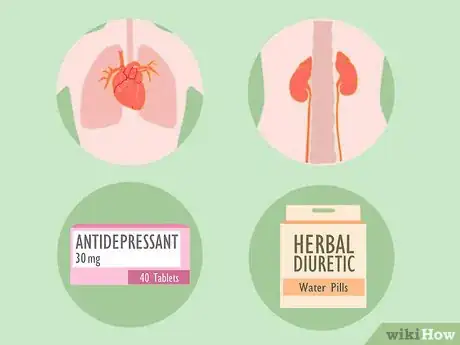
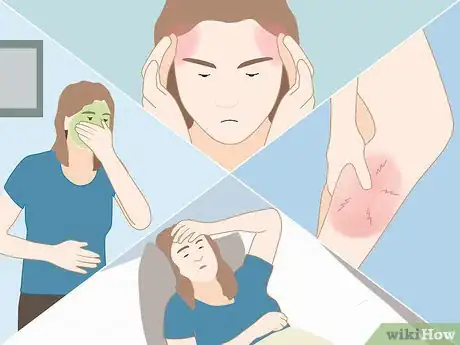
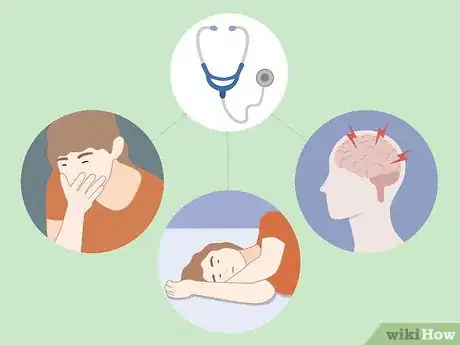
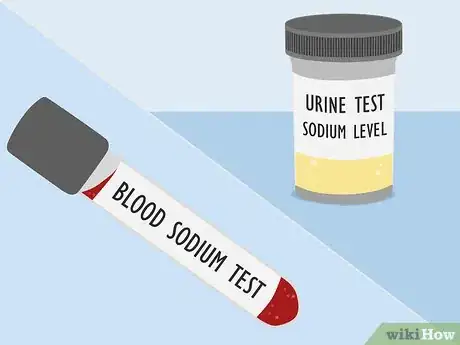
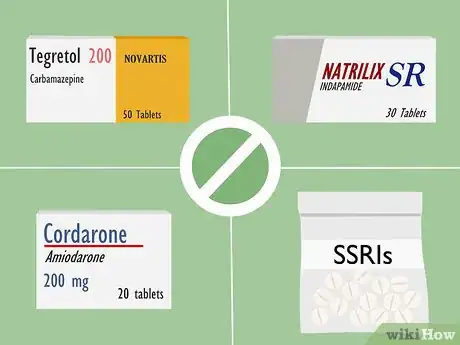
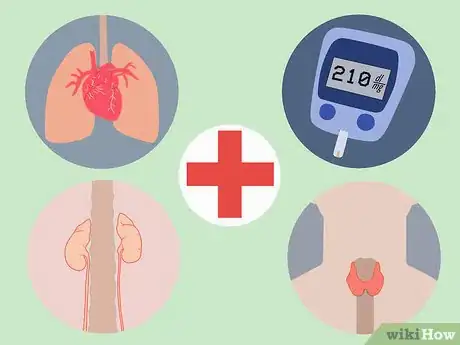

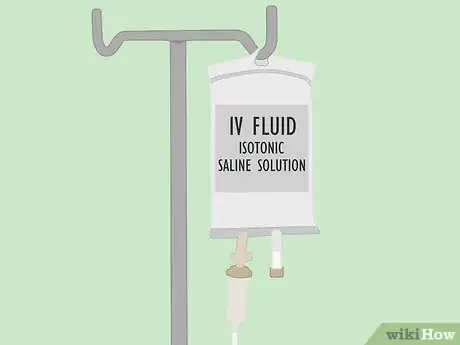
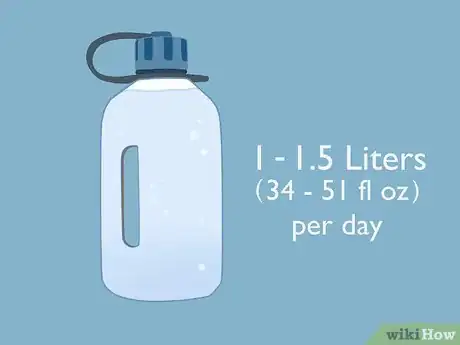
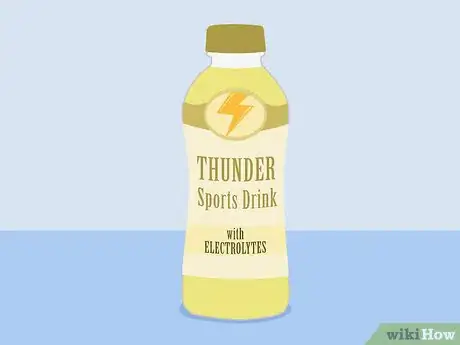
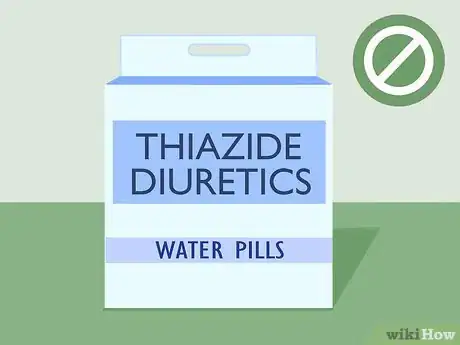


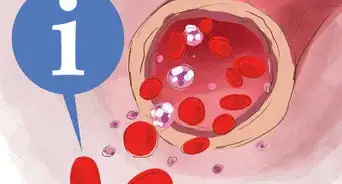





-Step-14-Version-2.webp)
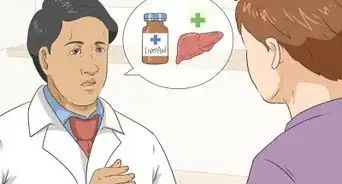










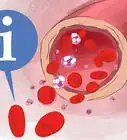




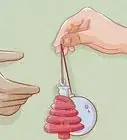










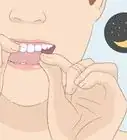





















Medical Disclaimer
The content of this article is not intended to be a substitute for professional medical advice, examination, diagnosis, or treatment. You should always contact your doctor or other qualified healthcare professional before starting, changing, or stopping any kind of health treatment.
Read More...